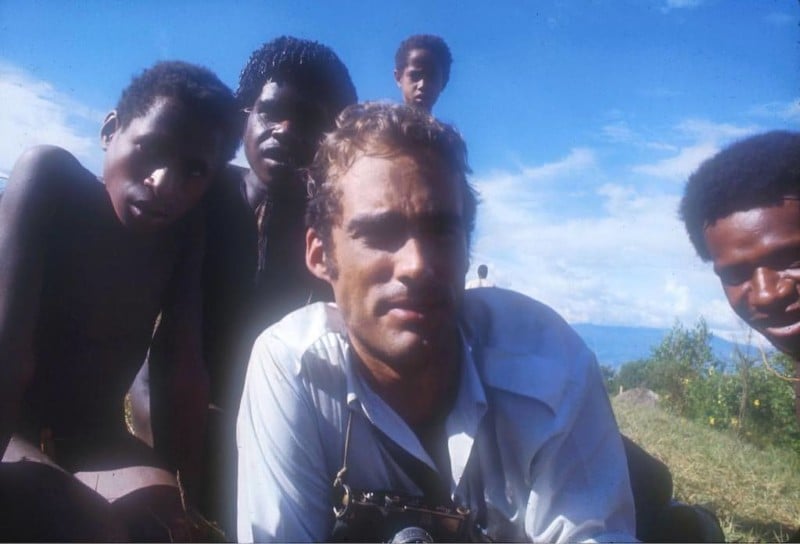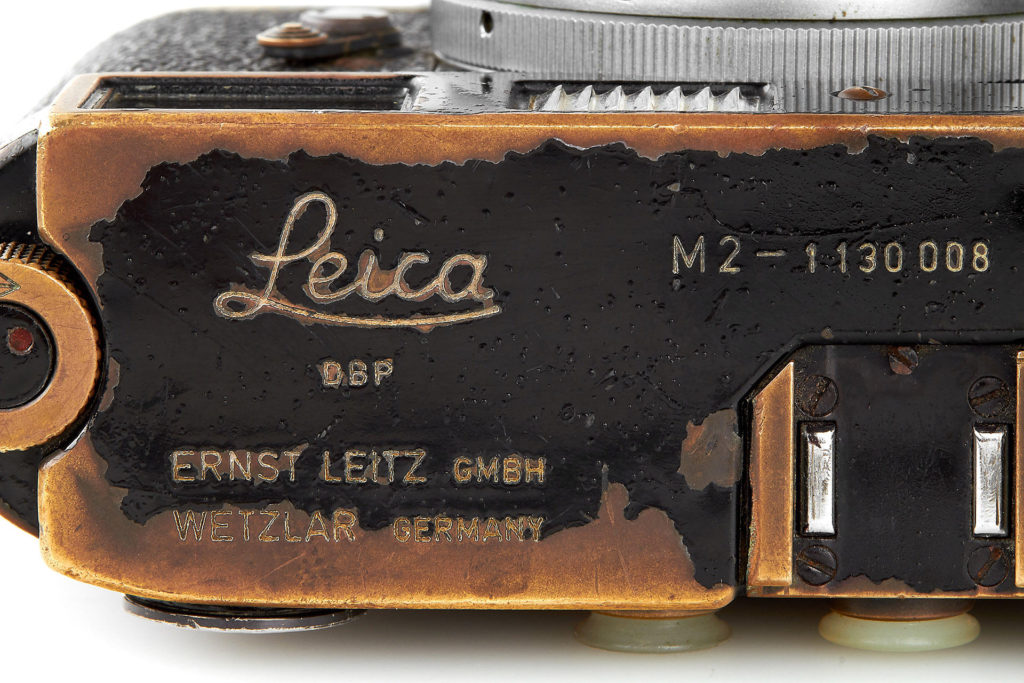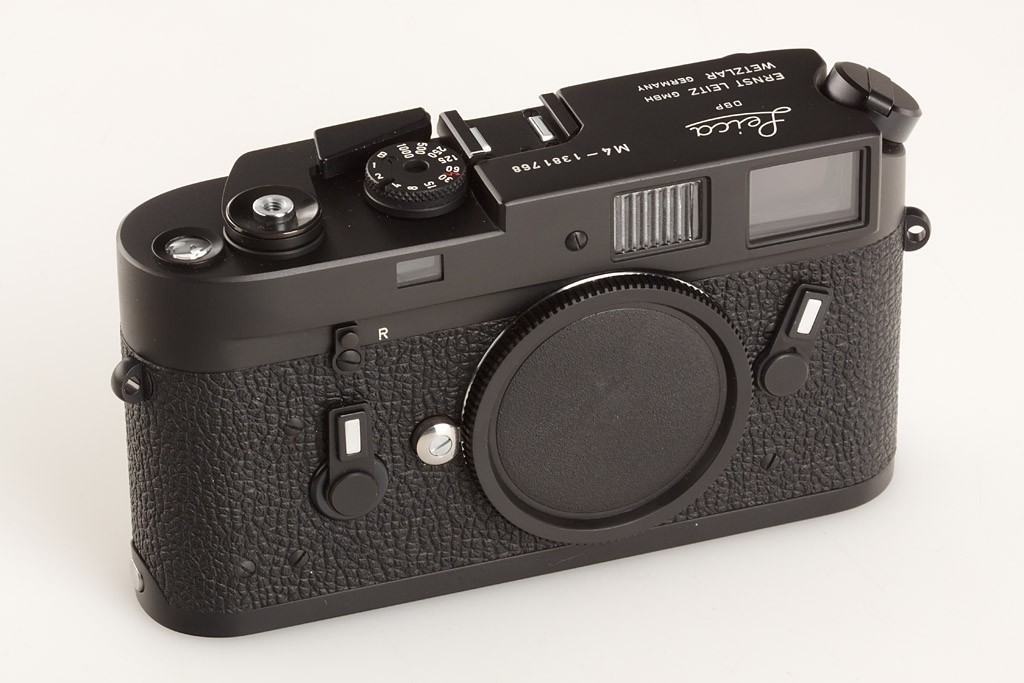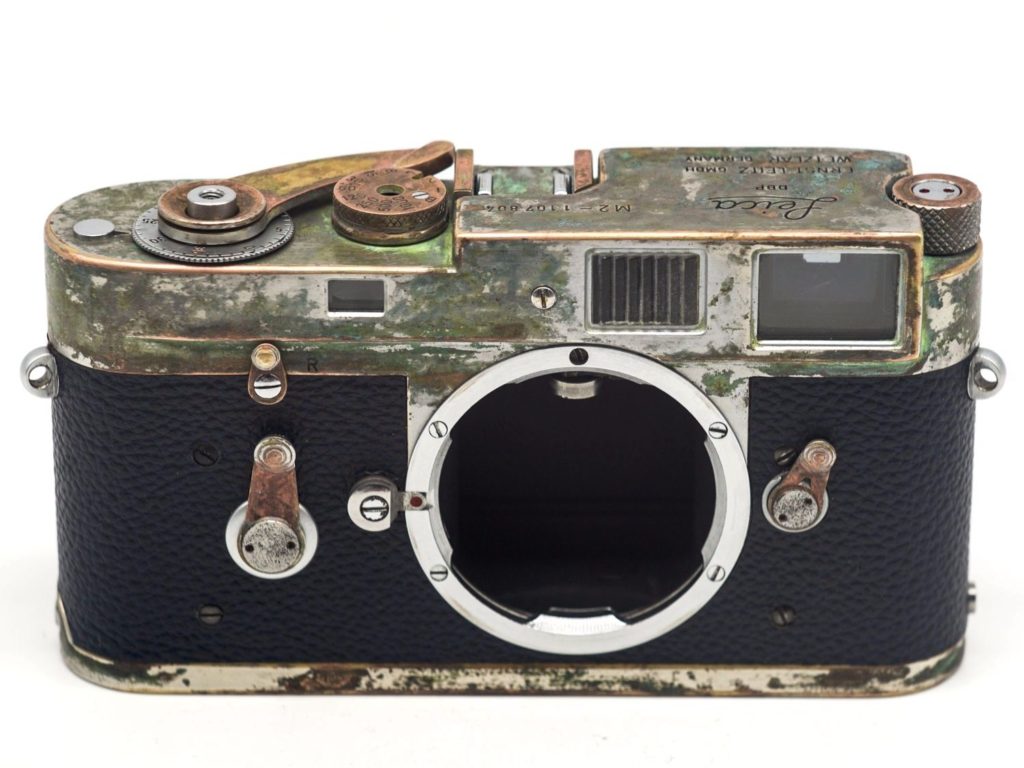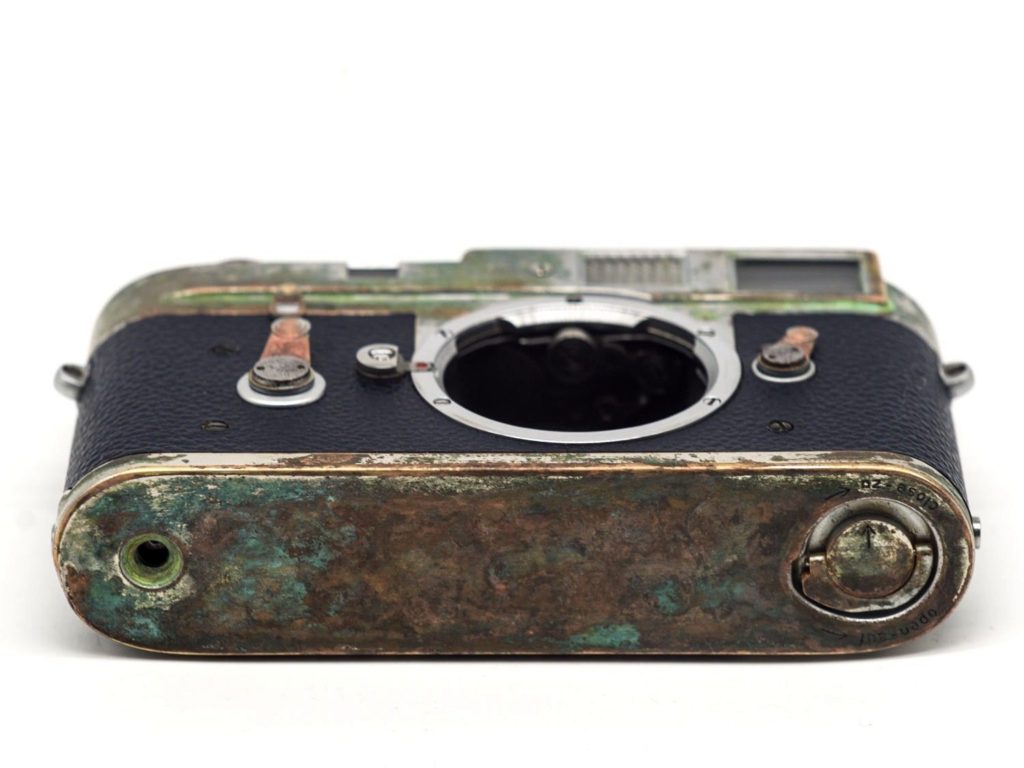
By Tadeas Plachy. Mr. Plachy lives and works in Prague in the Czech Republic
[Editor’s Note: I love stories like this. It’s easy enough to be jaded about modern Leicaphiles – those who simply buy the camera for the name and the cache that supposedly comes along with the name- and easy enough to forget that there are still people like Mr. Plachy, dedicated to learning the craft of traditional photography and wanting to do so with a camera that has meaning for them as something other than an upgradable widget. He’s right – there is something profound about the use of a precision mechanical camera like a Leica M2, 60 years old but still remarkably relevant.]
My photographic journey had already begun when my grandfather gave me his well used Leica on his deathbed. I had started in the 90’s with a cheap film camera, a Minolta point and shoot, shooting Kodak color negative film. I was a curious kid so I shot everything. My mother, who paid for the processing and prints, was quite unhappy that I shot random things. Sadly, while moving I lost all my negatives from those years.
In 2002 I received my first digital camera. I went to London for school and took my new 1.3mpx fixed focus digital camera. I could take about 20 shots with a set of 2 AA batteries. I carried full pockets of batteries. A 128 mb compact flash memory card cost the same as the camera, so I only had one. It was full within a day. I soon put that digital abomination into a drawer and never looked at it again. Unfortunately, my digital experience killed any further interest I might have had in photography.
In 2014, my wife and I visited her parents in Herefordshire, England, for Christmas. While perusing a book store I spotted a box marked “Lomography Konstruktor.” My wife noticed my curiosity and a few days later I found it under the Christmas tree. My love affair with photography had begun again. I did some research and decided that I wanted a rangefinder. But I was still finishing my university while married, and I couldn’t possibly afford a Leica, so I went for next best thing within my budget – a Zorki 4K with Jupiter 8 50/2 lens, my ‘Russian Leica.’
*************

My university is close to the Castle District, one of the nicest parts of Prague. I shot with my Zorki there almost every day. Along the way I discovered I was doing something called “street photography.” Apparently I was on the cutting edge and didn’t even know it. In May, 2015 I attended a darkroom workshop and learned to process my BW negatives and print with an enlarger. I have been doing it ever since. Sadly, I suck at it, but, of course, that’s no reason to quit.
In 2015 I visited Paris with my wife and my Zorki 4K. And, as so many before me (Bresson, Kertesz etc…) I fell in love with photography even deeper there. I noticed that my 50mm lens, which seemed perfect for me in Prague, wasn’t allowing me to get more context of the street into my Paris shots. This is how we learn. After I returned I bought a Jupiter 12 35/2.8 lens and Russian auxiliary viewfinder. But the memories of Paris brought me back to the fact that someday, somehow, I’d need a Leica.
With my wife I often travel around Europe. London, Rome, Edinburgh, Vienna, always with my Zorki. It was Summer in Vienna when I totally fell in love with Leica. There is a big Leica store in Vienna, just across the Stadthalle. In it everything I dreamed of. I asked if I could take a look at an M2 with a 50/3.5 collapsible lens they had on display for a bargain price. Even though it had some scuffs, scratches and few pieces of Vulcanite were missing, it was a Leica M2, and it worked. I could feel the precision when cocking the shutter. The viewfinder was so much better than my Zorki. But I still hadn’t the money to buy it, even though it was a lovely price for both M2 and the lens. But the seed had been planted.
I love the beauty of precise mechanical machines. I spent 5 years as editor-in- chief of a blog about mechanical watches. I saw how they were manufactured and how much labour goes into these intricate devices. Classic film Leicas are the same for me in this respect. That was another reason I started placing every spare penny I could into an envelope marked simply “Leica”.
*************

Six months after my visit to Vienna I bought my first M2 in a Prague camera store, with guarantee. Unfortunately, its shutter was riddled with holes, which wasn’t apparent when I tested the camera in store. I returned the camera, got my money back, but my heart was sort of broken. But shortly thereafter I found another M2, a bit less nice, with some vulcanite missing, but it worked. I bought it, got it overhauled and shot the heck out of it, using my Jupiter 12 and Jupiter 8 Russian lenses and a cheap Chinese adapter. The, for Christmas that year I received a Zeiss Biogon 35/2.8, the modern one made by Cosina. It’s a good lens, probably too good for me. I added a Voigtlander VC-2 meter and now I’m all set.
I’ve recently found a job near my university. I’m 5 minutes walking from Prague Castle and the Castle District, where I love to shoot. Mostly every day, after 8 hours of mind shredding crazy stupid boring and pointless work for my government I find it most relaxing to go shoot photos with my M2. Sometimes I shoot 2 rolls in 2 hours, sometimes it takes me 2 weeks to get through a roll of HP5, which I load from 100 ft rolls into old East German canisters I got in a flea market. I’m slowly starting to blend into the city life in the quarters where I shoot. People who live there are starting to recognize me. I’m still on a steep learning curve. My photos are far from perfect, although the technical side is pretty easy these days, I can make proper exposures, I can process and scan, but the content is what I’m struggling with.

I don’t want to make excuses, but Prague is a really hard place to shoot. In the historical center, you can’t find any locals who live there. We no longer have those small shops or cafés where locals would get together and have a chat – just tourist traps and people selling rides on Segway. In any event, I can see that through my photography I’m becoming a different person then I was before. More curious, more involved. I continue to shoot my trusty M2, mostly everyday out in the streets of Prague or wherever I find myself (soon I go to Budapest, Barcelona and London again…), documenting the world and life around me. I know the Leica is just a tool, that great vision is what makes a great photograph, but I must say, my Leica M2 is one of the best tools I could wished for. As for my grandfather’s Leica…that’s a story for another day.


